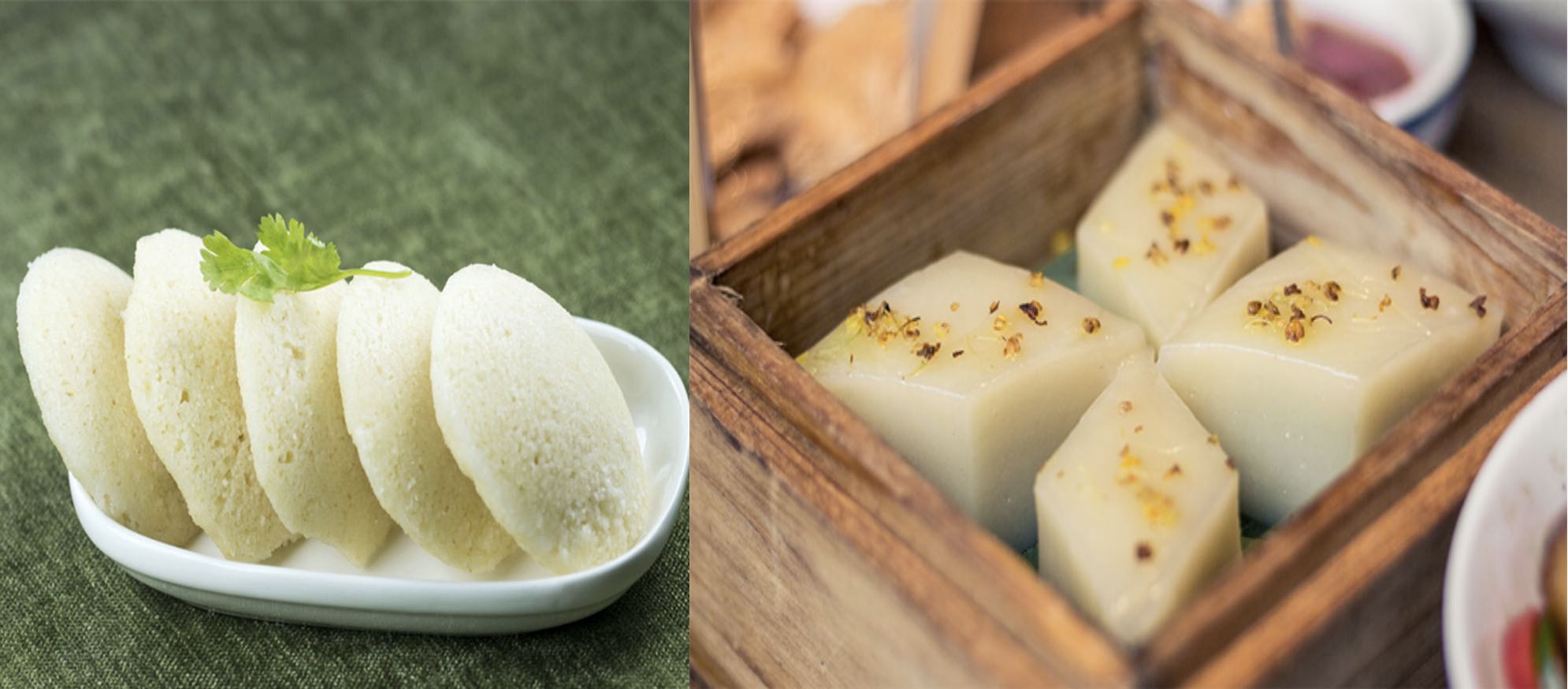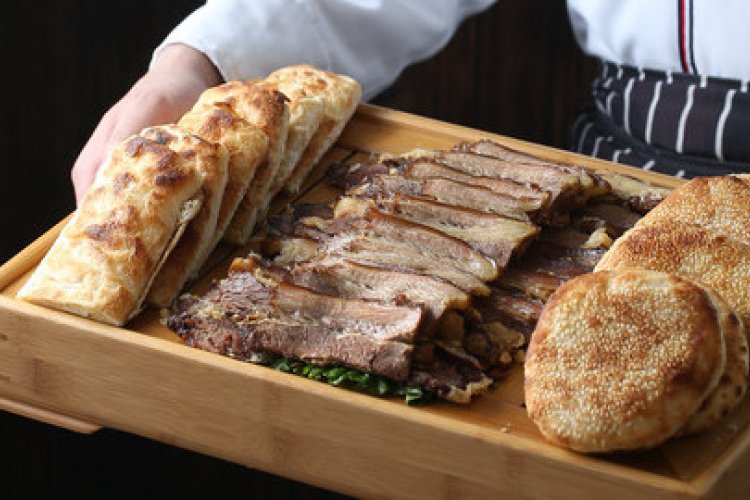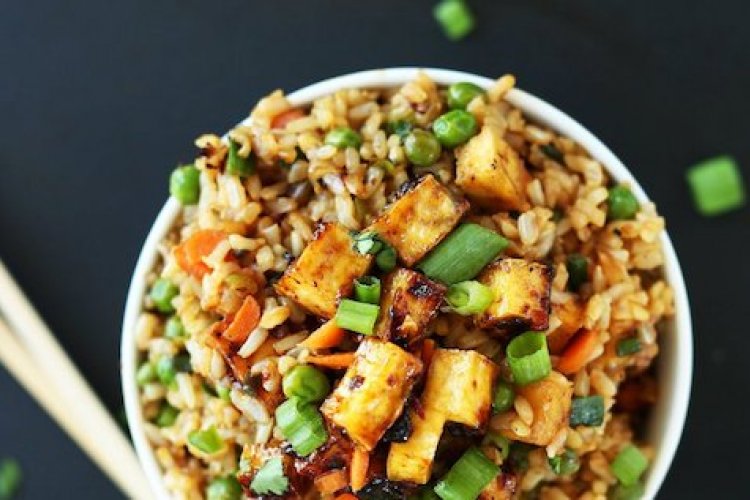“That’s Not Bing! It’s Roti!”: When Indian and Chinese Food Unite
If you leave Beijing, head towards Tibet, and cross the Himalayan mountain ranges you will eventually arrive in India, my home country. Despite being connected by land, the presence of these imposing, snow-capped Himalayas has made contact between India and China limited throughout much of history. As a result, Indian and Chinese cultures have grown and developed without much interaction or influence with each other, and so have their food and culinary practices. Today, however, Indian food and Chinese food are some of the most recognized and well-known cuisines around the world.
Having lived in China since I was one year old, I consider myself very fortunate to have stayed connected to my native Indian food. While living in Beijing, I have not only been able to try the famous and recognizable dishes like samosas and palak paneer but also regional delicacies like rasgullas and dosas. Residing in China has also given me the opportunity to travel around the country and explore the regional diversity of Chinese food as well. Contrary to popular belief back in India and even globally, not all dishes here have meat or use some sort of animal product. There are a variety of Chinese vegetarian dishes, like tofu flavored in hot spices (麻辣豆腐, málà dòufu) and sauteed spinach with peanut (菠菜花生, bōcài huāshēnɡ).
And I was amazed when I found a few culinary delights here to have similarities with what I can find back in India. Though they differ in flavor and taste, the visual looks and preparation techniques of these dishes have many similarities.

Biryani has to be up there with one of my favorite Indian food items; hearing the word itself gets my mouth salivating. It’s a long-grained rice dish first flavored with spices and condiments (such as saffron, nutmeg, cardamom, and bay leaves) then layered with meat, vegetables, and a thick gravy. The word ‘biryani’ is derived from a Persian word, birian, which means ‘fried before cooking.’ It’s similar to the popular fried rice (炒饭, chǎofàn) we get here, which is cooked rice that is stir-fried in a wok pan along with other ingredients like eggs, vegetables, seafood, or meat. Both of these rice dishes are savory, but both also have many variations within geographical regions, mostly with regards to the type of spices, condiments, meat, and vegetables that are used and added.

There’s more to traditional Indian staples than your naans, paranthas, and chapattis. Within specific states and regions in India, you get different, lesser-known, staples. One of them is the humble Idli, a dish most common and widely found in South India, where I come from. It is a circle-shaped rice cake that is usually eaten for breakfast in South India, made by steaming batter consisting of lentils and rice. Now, I never thought that a Chinese dish would resemble idli until I first tried an osmanthus cake (桂花年糕, guìhuā niángāo). I remember ordering them for the first time at Yuxiang Kitchen to cool my tongue after a heavy, spicy meal of Sichuan food. I was astonished that a triangular-shaped idli-looking dish was brought to my table. Expecting it to also taste savory like idli, I was surprised when it turned out to be slightly sweet. Sans the shape, both idli and osmanthus cakes look almost visually the same with their white exteriors and soft textures. Both dishes also utilize rice in their preparation. However, the idli is always round and the osmanthus is usually found to be in the shape of a rhombus (diamond). The flavors vary too; as mentioned above, idli is savory whereas osmanthus cakes are sweet.
Roti (also known as chapati) is a round flatbread commonly found in the Indian subcontinent (the geographical region that is made up of India, Pakistan, Sri Lanka, Bangladesh, Nepal, and Bhutan). It is made from wholemeal, unleavened flour, which differentiates it from other Indian breads like naan and parantha. Being a casual food and a regular accompaniment to meals, I draw comparisons between rotis and the local bing (饼, bǐnɡ). Bing is a flatbread made from wheat flour, and like roti, is also unleavened. The flavors can be different though; it’s common to roll up bings and add toppings like spring onions to them, while roti is a plain, staple accompaniment that you eat along with meat and vegetable dishes.

Ela Ada is an Indian sweet dish, a traditional delicacy from Kerala, my home state of India. It consists of rice parcels enclosed in a rice flour dough along with sweet fillings and then steamed in a banana leaf. It is eaten usually as an evening snack or as part of breakfast. It draws a small likeness to the zongzi. Zongzi is also a traditional delicacy here in China, consumed usually during the Dragon Boat Festival (端午节, duānwǔjié). Like ela ada, zongzi is also a rice dish but made instead with glutinous rice instead of rice flour. A zongzi is also stuffed with various kinds of fillings, from red beans to pork, and then covered with bamboo leaves. However, while the zongzi can be either vegetarian or non-vegetarian, an ela ada is a purely vegetarian dish. Moreover, a zongzi can either be savory or sweet, whereas an ela ada is almost always sweet.
Eggplant is a tricky vegetable to cook. But an eggplant dish that is perfectly seasoned, uses the right amount of oil, and incorporates strong spices and sauces will always be satisfying to cook and eat. To me, no dish shows off this vegetable better than baingan bharta (mashed eggplant). Originating from the state of Punjab in India, baingan bharta is minced eggplant that is grilled to perfection over a charcoal fire, giving it a smoky flavor. The smoked minced eggplant is then cooked with vegetables and aromatics, such as chopped tomato, caramelized onions, ginger, garlic, and cumin. When I first tried Red Cooked Eggplant (红烧茄子, hónɡshāo qiézi), it instantly reminded me of baingan bharta. In a Red Cooked Eggplant dish, the eggplant is also grilled until smoky and crispy. After grilling, the eggplant is also cooked in a rich blend of garlic, chilies, scallions and other vegetables and aromatics. The flavors are slightly different, with the Red Cooked Eggplant being a bit sweet and making stronger use of garlic than baingan bharta. Nevertheless, both are extremely delicious!
KEEP READING: “That’s Not a Youtiao! It’s a Churro!”
This article originally appeared on our sister site beijingkids.
Images: Unsplash, The Woks of Life, Jiangsu Cities, The Times of India (Times Food), J B (via Flickr), Mike130012 via Wikimedia Commons








